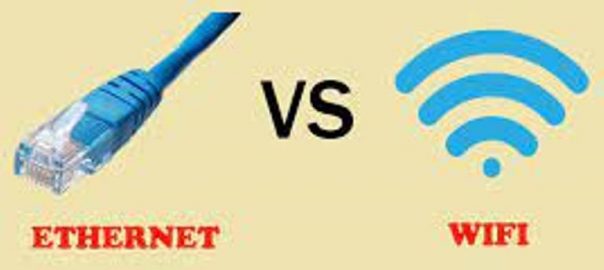Most Internet users throughout the country are familiar with the most popular types of wired Internet providers on the market. From coaxial cable Internet to fiber-optic Internet, citizens in urban and suburban areas have had their pick of the best wired Internet options. However, this concept is foreign to most people living in highly remote and rural areas of the country.
Residents of rural communities have had to rely on more outdated wired Internet services such as dial-up Internet and DSL Internet because of the lack of mainstream broadband Internet companies doing business in rural areas. There are a few reasons why these companies don’t do business in rural communities, such as rural America’s lack of suitable infrastructure for high-speed broadband Internet access and the high-risk, low-profit nature of doing business in rural areas. Internet companies cannot make a profit from installing cable lines in rural areas because the cost of installing these lines is higher than the amount of money they would make from areas with low population density.
Instead, rural residents can find wireless options that are better than dial-up and DSL, such as unlimited satellite Internet from Starlink or unlimited 4G rural Internet from UbiFi. UbiFi, Starlink, and other wireless Internet companies are capable of providing high-speed Internet that performs better than the outdated specs of dial-up and DSL. In the case of satellite Internet, users can experience Internet service that can reach almost any place on the planet, as long as there are no major obstructions blocking signals from satellites. In the case of UbiFi and other mobile Internet companies, rural residents can get access to low-latency Internet service, which is the best Internet for rural gaming.

